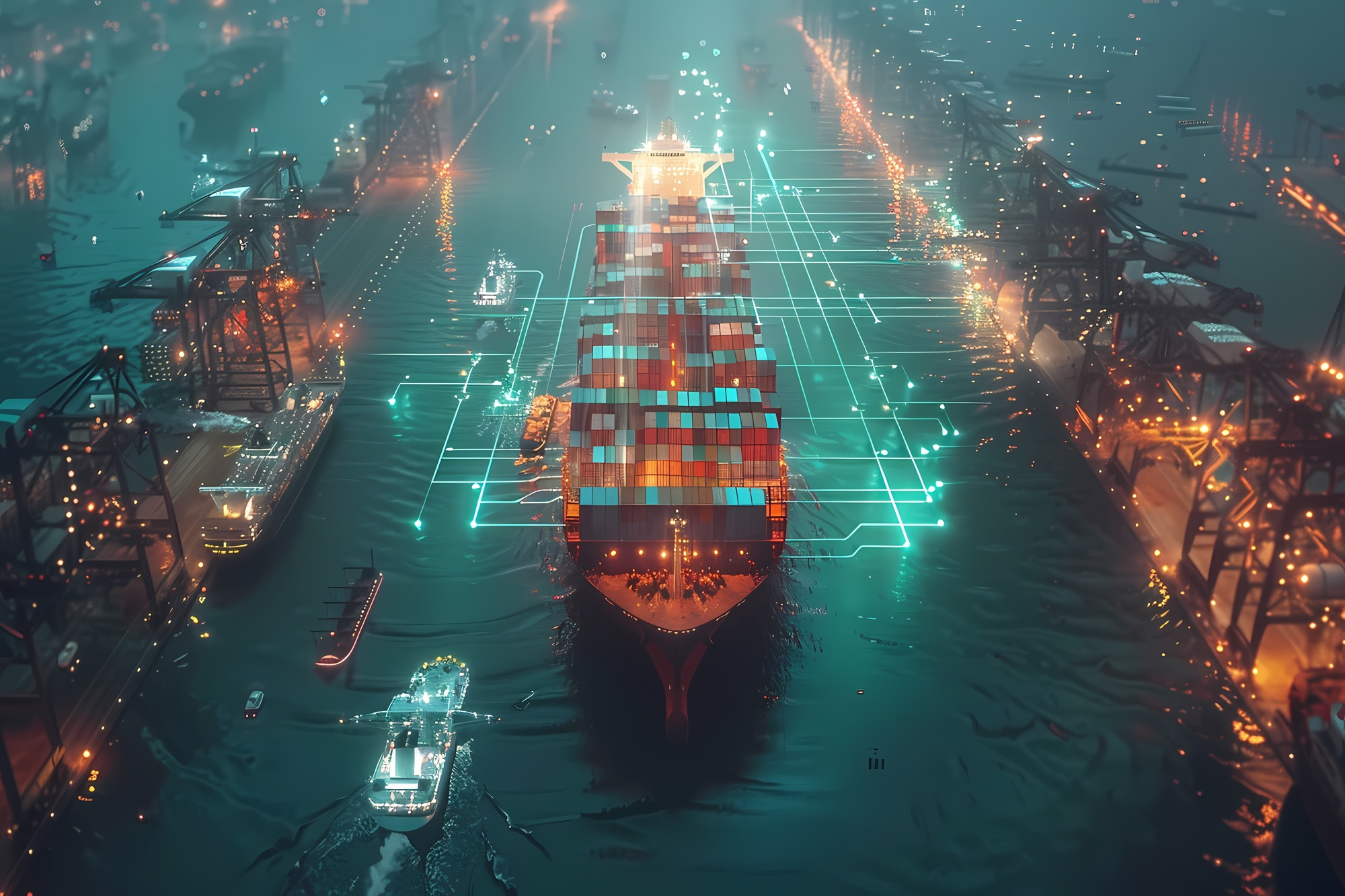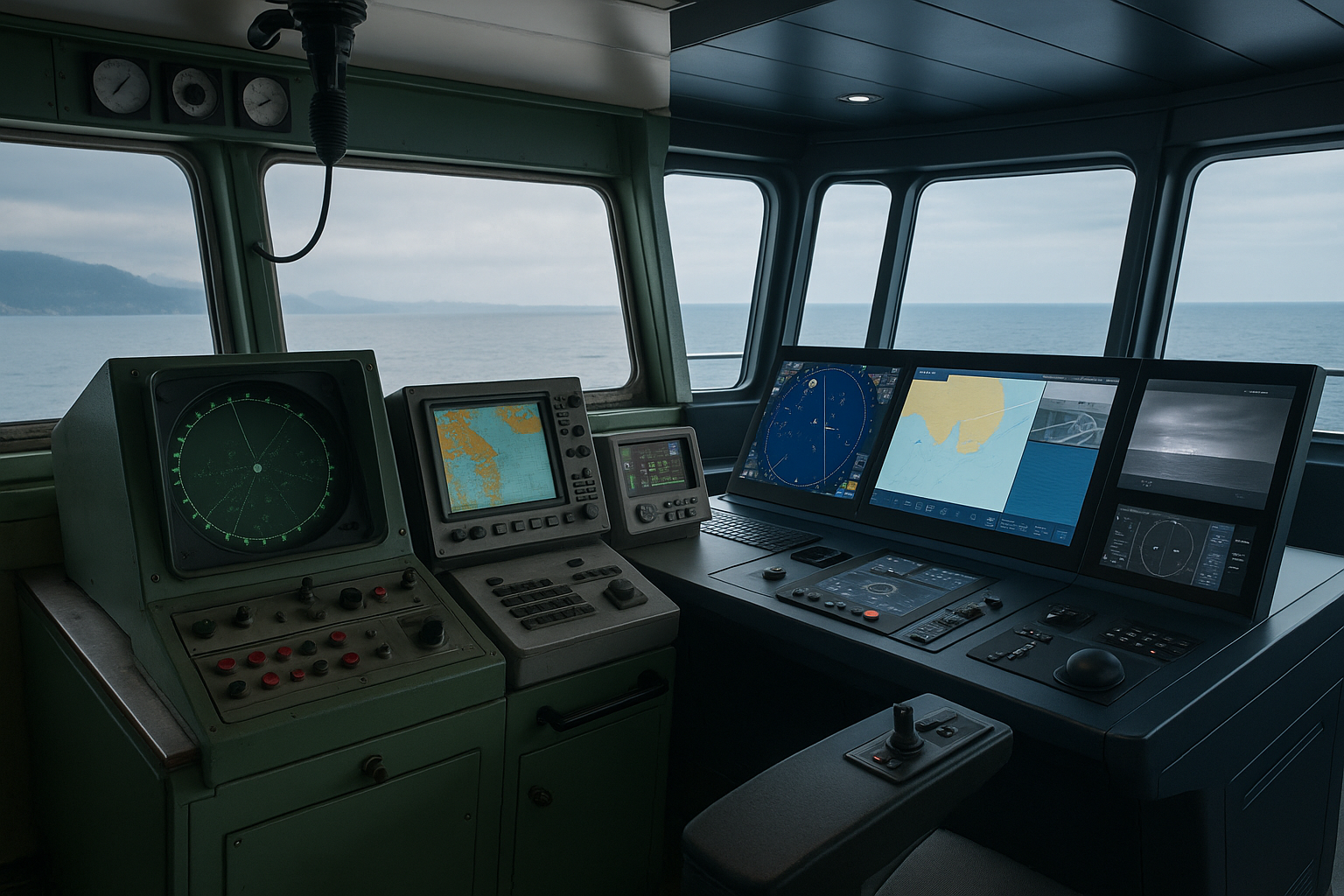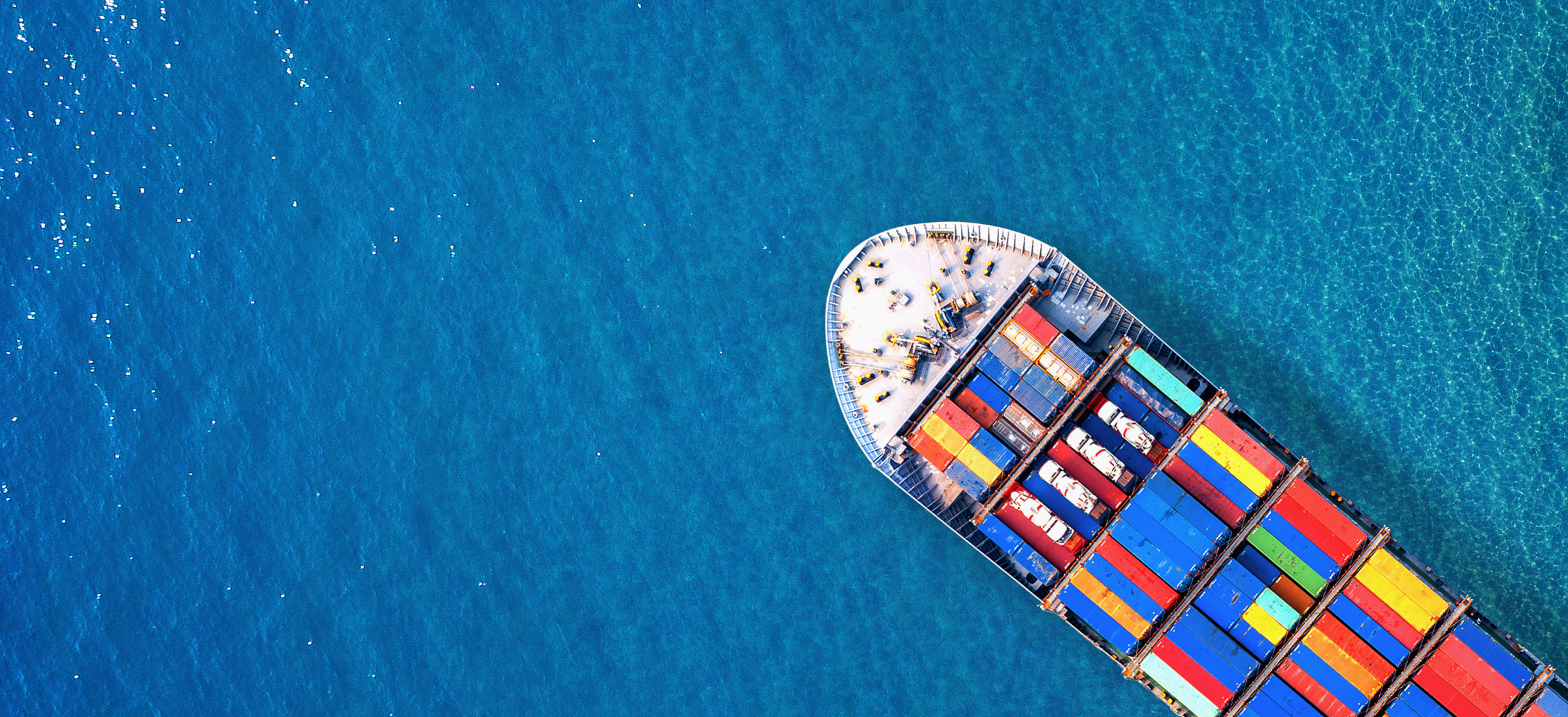The maritime sector stands on the cusp of a major transformation as AI continues to reshape industries from A to Z. But how close are we really to fully autonomous shipping?
That was the core question explored during the recent BIMCO 15+15 webinar, “Autonomous Shipping: A Futuristic Concept or a Present-Day Reality?”, where Grant Hunter, the shipping organisation’s chief digitalisation spokesperson, spoke with Dor Raviv, CTO and co-founder of Orca AI. Together they examined the current status of AI-powered navigation and vessel automation and what still lies ahead for seafarers and ship operators.
Watch the Full Webinar:
The operational reality on today’s bridges
The daily reality for bridge teams is one of rising complexity. Shipping lanes are more congested than ever. The regulatory environment is becoming more demanding. Digital systems – Radar, AIS, ECDIS, GPS and more – generate a constant flow of data that officers must interpret in real time. All this comes against a backdrop of tighter manning regimes than in the past.
The cognitive consequences are familiar to anyone working at sea: higher stress levels, fatigue and occasional lapses in awareness. Fatigue in particular remains a persistent risk factor, with incidents often linked to late decision-making or delayed manoeuvres. The recent collision between the containership MV Solong and the tanker Stena Immaculate off the UK coast highlighted the risks that persist in challenging conditions. The official investigation is ongoing but the incident serves as a reminder that even experienced crews can face severe limitations when visibility is poor. On this occasion, another vessel equipped with the Orca AI platform captured the event clearly, underlining both the vulnerability of conventional watchkeeping and the potential benefits of enhanced awareness technologies.
AI as decision-support tool
A central point in the conversation was how AI can ease the burden on bridge teams. As Dor explained, the Orca AI platform is now installed on more than 1,000 vessels worldwide, making it the only system on the market providing this kind of capability. Importantly, it is purpose-designed as a decision-support tool, not a replacement for the crew.
By combining feeds from day and night cameras with inputs from navigation sensors, the platform creates a consolidated picture of the vessel’s surroundings. The principle is rooted in traditional seamanship: proper lookout is the first layer of situational awareness. What AI adds is consistency in conditions where the human eye struggles – fog, darkness, glare or dense traffic. The aim is not to give orders but to reduce cognitive load, flag potential risks and allow officers to concentrate on making sound navigational decisions.
Learning from patterns
AI also adds value by analysing what happens during voyages. By examining data from thousands of voyages, the system can identify ship by ship where late reactions occurred, where close-quarters situations repeated and where fatigue may be affecting decisions.
This information is shared first with masters and bridge teams, and then with shore offices when appropriate. Over time, it provides a feedback loop that helps improve awareness and reduce risk. The impact is measurable. In collaboration with NorthStandard P&I Club, evidence has shown reductions of up to 40% in near misses when AI systems are in use. On that basis, NorthStandard has gone further and subsidised the technology for member vessels. Other insurers are exploring similar arrangements, recognising that reducing claims benefits all parties.
Autonomy as a gradual spectrum
The conversation also tackled the broader subject of autonomous operations. The term often generates unrealistic expectations, while in practice Dor emphasised that autonomy is best understood as a spectrum:
- Level 1: Decision support. The ship is fully manned, and AI highlights risks.
- Level 2: Partial autonomy under human supervision, for example when arriving/departing port.
- Level 3: Higher autonomy where the system can take more control, with crew able to intervene when required.
- Level 4: Full autonomy in defined conditions, such as open water, with exceptions managed by human operators.
Most commercial deployments today are at Level 1, with some pilot projects moving into Level 2. Progression will be step by step, with each stage requiring confidence from both regulators and operators. Rather than pursuing a “crewless” vision, companies are focusing on building robust support functions that improve safety and efficiency immediately, while laying the groundwork for more advanced autonomy over time.
How crews respond
Crew acceptance of AI-powered decision suppor tools is critical. Feedback gathered so far by Orca AI shows clear generational differences. Junior officers are generally positive, seeing AI systems as intuitive and similar to consumer technologies they already use. For them, AI helps make sense of busy environments and supports faster decision-making.
Some senior masters are more cautious, concerned about over-reliance on technology. To address this, systems are designed to be straightforward and transparent, with minimal training requirements. Certification and ongoing feedback mechanisms allow masters to assess how their crews are interacting with the technology and where additional guidance may be needed.
Implications for the future workforce
Technology adoption is not only about safety and efficiency. It also has implications for recruitment and retention. Younger generations entering the maritime workforce expect modern tools and familiar user experiences. AI can help make seafaring more appealing by reducing stress, improving safety and aligning shipboard systems with the digital environment that cadets and officers are already accustomed to.
Conclusion
The discussion made clear that autonomous shipping is not a distant prospect – it is already present on today’s bridges in the form of AI-powered decision support. This extends human awareness, reduces fatigue and, in the case of Orca AI, demonstrably lowers the frequency of near misses. Such systems provide a foundation for gradually moving up the autonomy spectrum, with human operators firmly in control.
For shipowners, the benefits of AI-enabled situational awareness extend beyond safety to include lower risk profiles and potential reductions in insurance premiums. For seafarers, the value lies in making their work safer and more manageable.
The path ahead is clear: AI at sea is not about replacing humans, it’s about equipping them to operate with greater confidence in an increasingly complex maritime environment.









